A novel thermal-transport technique based on the transient response of laser-heated GaN nanomembranes in contact with living cells is used to differentiate between different types of cancer.
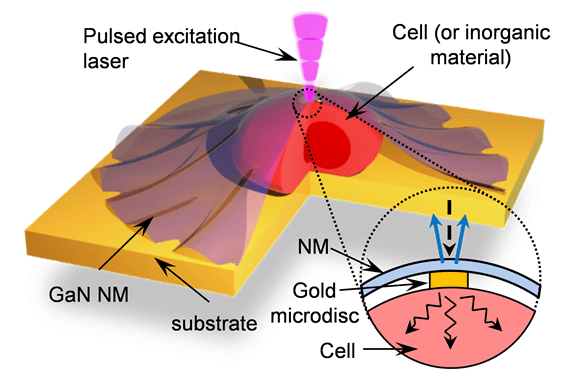

A novel thermal-transport technique based on the transient response of laser-heated GaN nanomembranes in contact with living cells is used to differentiate between different types of cancer.
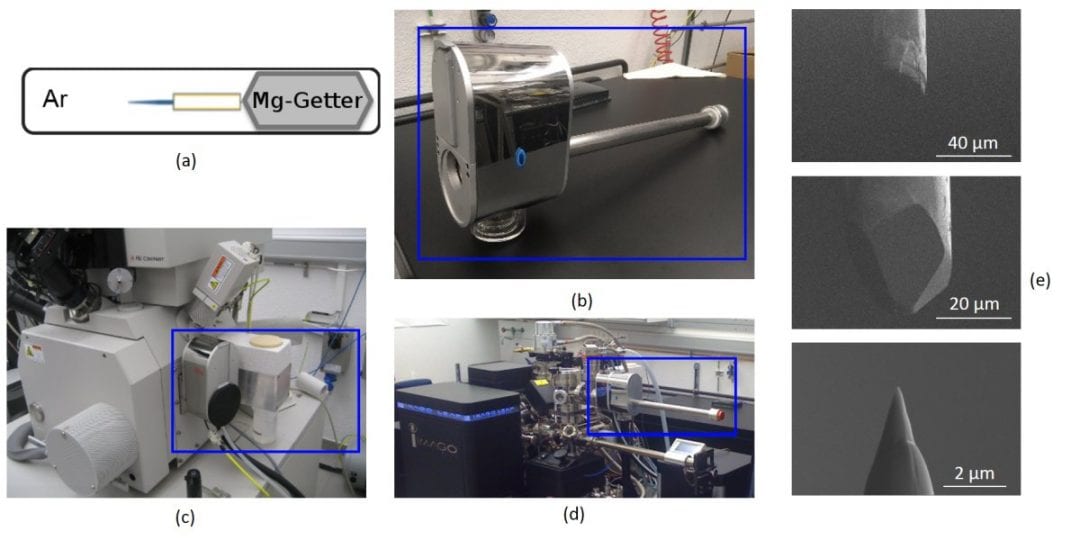
This study presents a novel route to investigate the as-quenched condition of age-hardenable aluminum alloys.
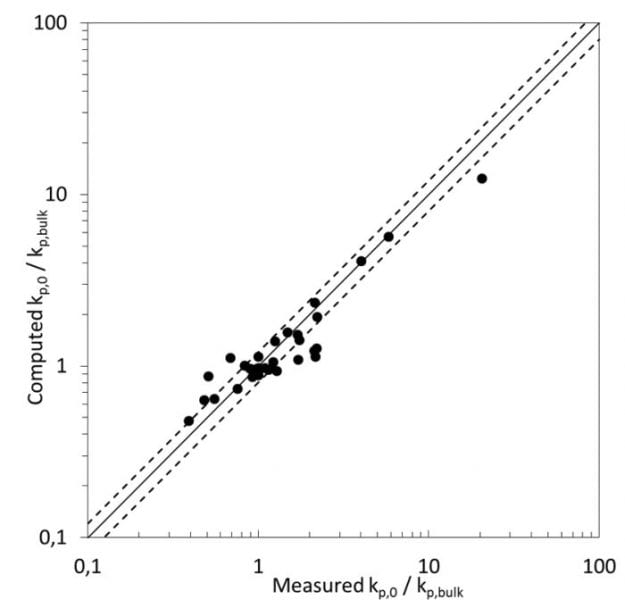
New insights into theoretical and experimental aspects of radical polymerization kinetics are presented
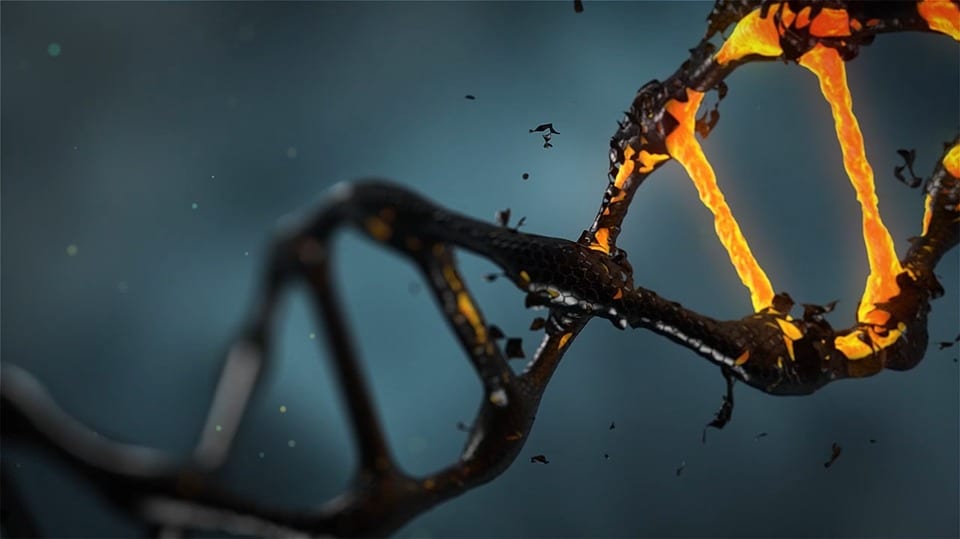
Researchers from the Qin lab have developed a microfluidic cell deformation delivery method that uses physical constriction to deform and shear cells for delivery.
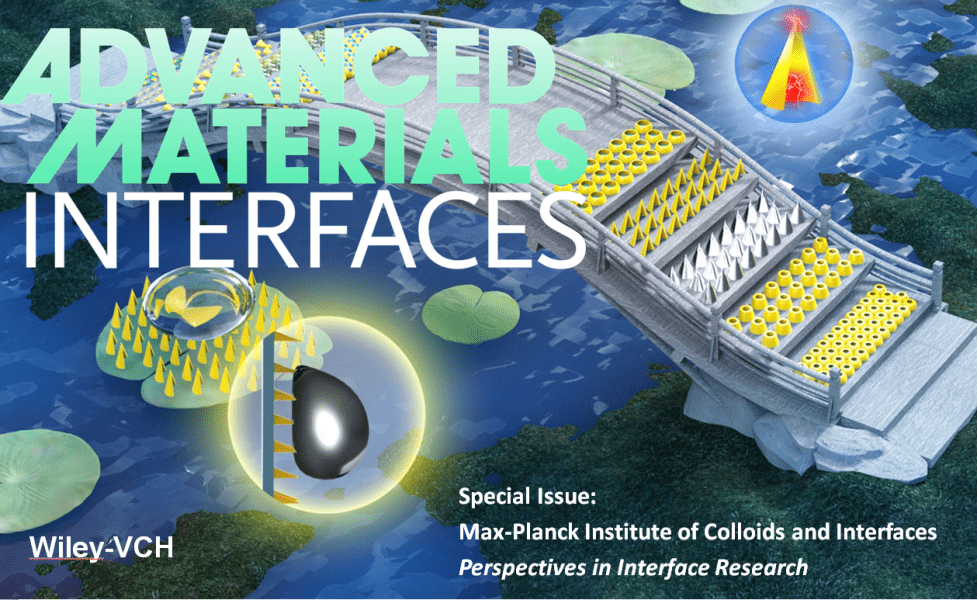
The first issue 2017 in Advanced Materials Interfaces highlights “Perspectives in Interface Research”.
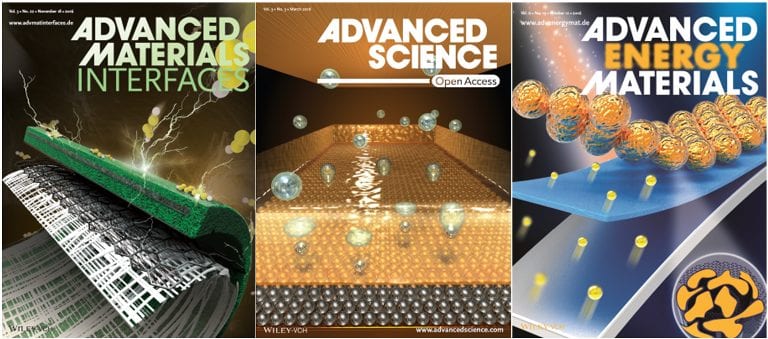
Highlights from the biannual Bunsen-Colloquium in Frankfurt, Germany.
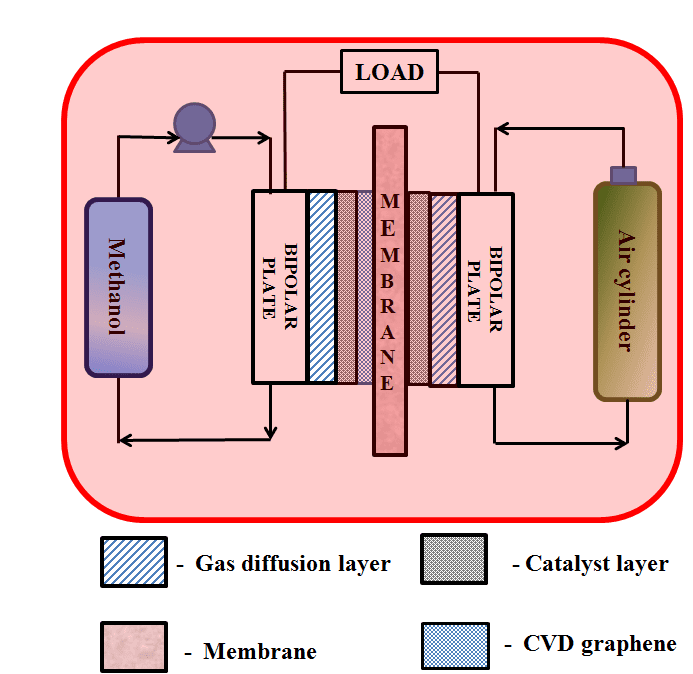
Researchers from the University of Manchester and Rice University report the testing of 2D material-graphene and hexagonal boron nitride in the membrane area of fuel cells
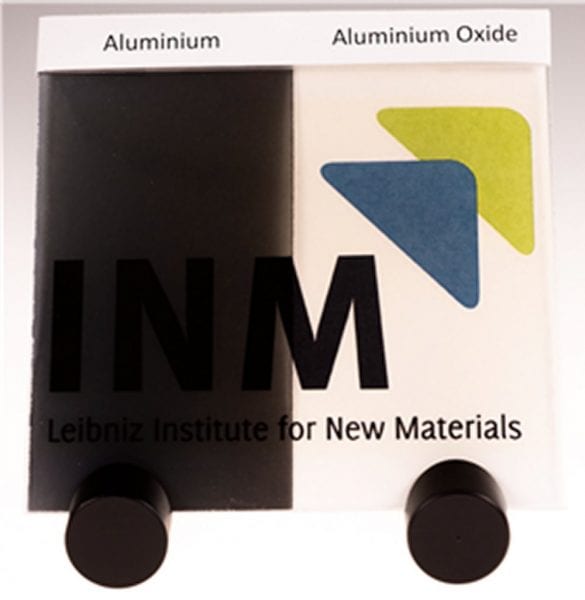
Thin films obtained by deposition of metallic, opaque aluminium and its subsequent transformation into a transparent oxide were found to show high hardness values and acceptable optical transmission values.
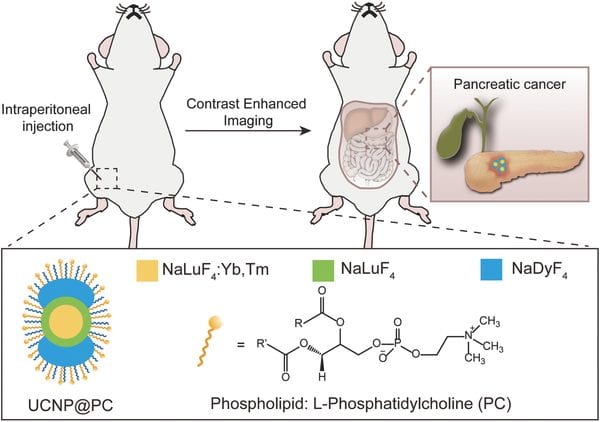
Intraperitoneally administered biointerface-camouflaged upconversion nanoparticles can pave the way for early diagnosis of pancreatic cancer through multimodal contrast enhanced imaging.
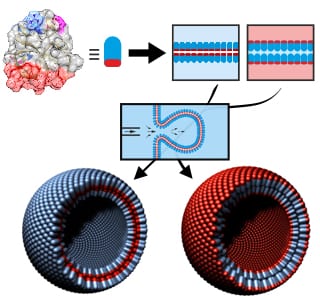
Professor Seemann and his colleagues discovered how bilayers made purely from hydrophobins were created using a microfluidic technique.